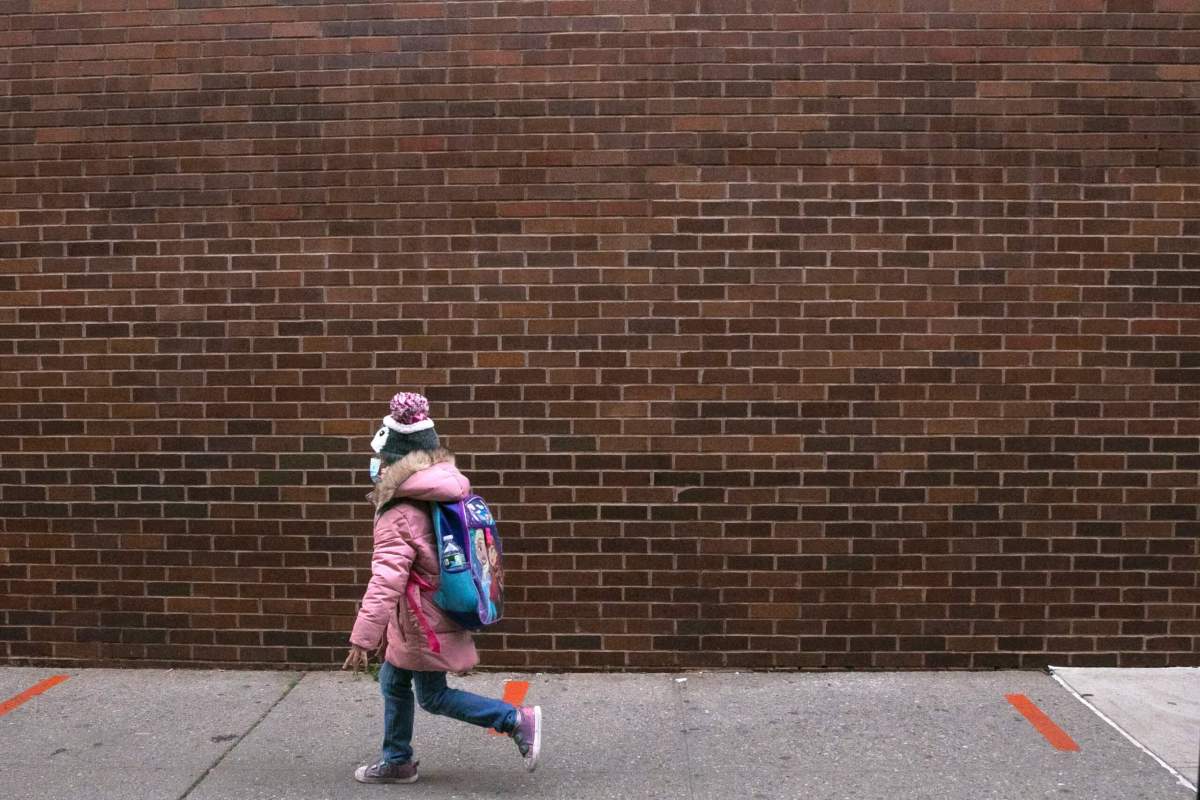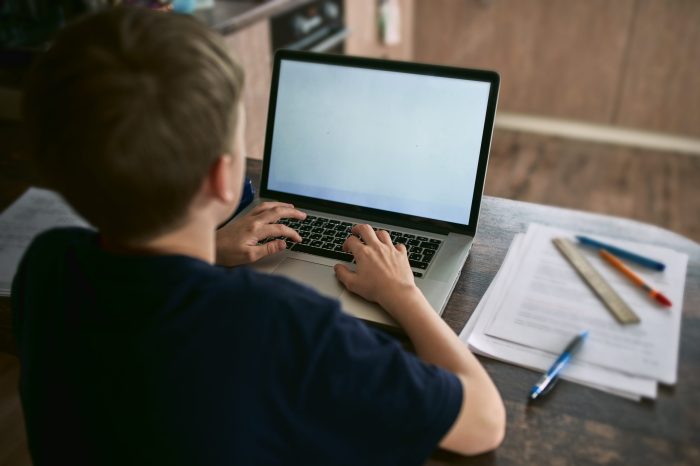Nearly 10% of all children enrolled in a New York City public or charter school during the 2019-2020 academic year experienced housing insecurity, according to child advocacy group, Advocates for Children of New York.
After crunching data from the New York State Education Department, advocates found more than 32,700 students lived in a city shelter during the last school year while about 73,000 were “doubled-up” in temporary housing. The report defines a student experiencing homelessness as a student who is either does not have a regular, fixed nighttime residence, living in a homeless shelter or is living in shared housing due to economic hardship.
The number of public school students experiencing housing insecurity has stayed above 100,000 for the last five years, advocates found, with roughly 111,000 public school students experiencing homelessness during the 2019-2020 school year. Staggering as that number is, that figure actually represented a decrease of 2.2% from the year before.
Out of students experiencing homelessness, 85% were Black and Hispanic.
But advocates worry that the actual number of students without stable housing is actually higher since the switch to remote learning due to COVID-19, as it is harder for teachers and school administrators to catch any changes to a student’s housing situation.
“The vast scale of student homelessness in New York City demands urgent attention,” said Executive Director of Advocates for Children Kim Sweet. “If these children comprised their own city, it would be larger than Albany, and their numbers may skyrocket even further after the state eviction moratorium is lifted, The City must act now to put more support in place for students who are homeless.”
Last month, legal advocates on the behalf of homeless families sued the city for failing to provide students living in homeless shelters with reliable Wi-Fi access, a necessity for engaging in remote learning.
The lawsuit, filed by the Legal Aid Society and Milbank LLP, explains that since Mayor Bill de Blasio ordered the shutdown of all public schools in March during the first wave of the COVID-19 pandemic, homeless students have struggled to ask questions during online classes or submit their homework electronically due to spotty or nonexistent internet at shelters.
About 20% of New York City public school children living in homeless shelters have not had any daily interaction with their online classes since the switch to remote learning in March, according to a report from the child advocacy group, the Citizen’s Committee for Children.
In response to criticism about the lack of adequate WiFi at shelters, the city issued a vague promise to install WiFi at 27 shelters sometime this winter. The lawsuit is trying to force the city to install WiFi at all city shelters by no later than Jan. 4, 2021.
Before the pandemic, students experiencing housing insecurity had more trouble succeeding in school than their classmates with stable housing. Advocates for Children found that out of those students considered homeless last school year, 29% in the third through eighth grades were read at grade level, while 49% of students in permanent housing read at grade level.
“Learning from home is much harder when you don’t have a permanent home,” said Sweet. “And as the public health situation evolves, we need to prioritize offering these students the option of getting back into the classroom full-time and providing them with the help they need to make up for lost learning.”















